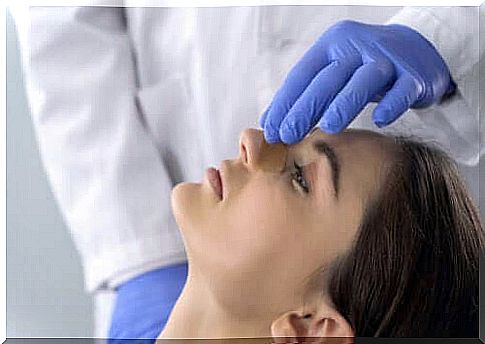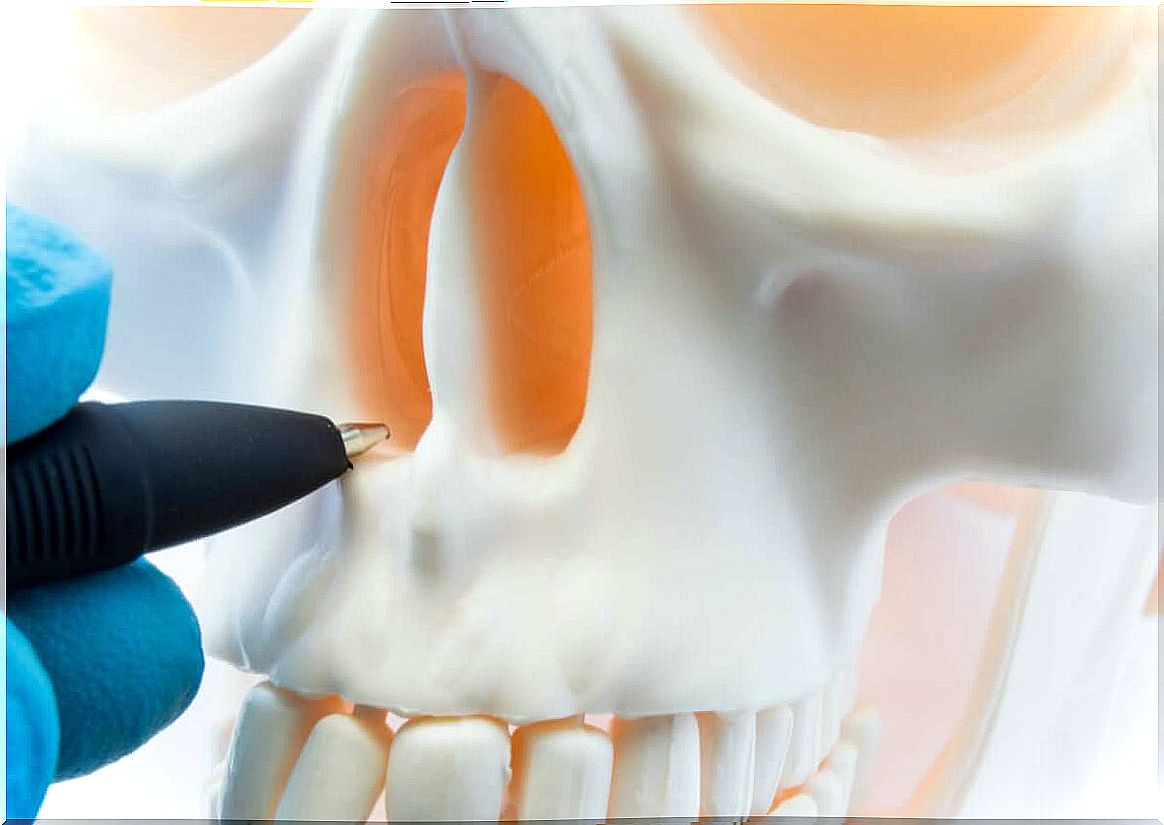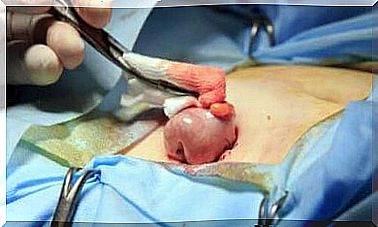Septoplasty: What Is It About?

Septoplasty is a surgical procedure performed to correct the position of the nasal septum. Its incorrect position may cause various health problems, which this procedure is supposed to prevent.
Septoplasty is an operation to change the position of the nasal passages, which is mainly aimed at facilitating breathing. A tilted septum, recurrent rhinitis or problems with sinusitis are among the most common problems for patients who qualify for this procedure.
Septoplasty is also known as septal reconstruction. It should be emphasized that this is not an aesthetic procedure. Although it does generate a change in the shape of the nose, the goal of the intervention is not to improve the appearance but to avoid health problems.
What is Septoplasty?
Septoplasty is a corrective surgical procedure used to straighten a deviated nasal septum. The septum should be in the middle of the nose. If not properly aligned, one part may be constricted, preventing normal air flow and causing breathlessness.
The presence of an uneven nasal septum is called septal dysmorphism. It is a lesion whose origin may be congenital or acquired. In the first case, it may arise as a result of intrauterine compressions, birth injuries or changes in the craniofacial development. In the second – injuries or harmonic disturbances.
A curvature of the nose can cause blockage, mainly mouth breathing, tendency to sleep apnea, or a dry mouth. This is a problem that is usually caused by allergies or narrow nasal passages.

Septoplasty: what does the procedure look like?
Septoplasty is performed under general anesthesia – in most cases. It is an outpatient operation, which means that it does not require long-term internment.
The patient who is about to undergo this procedure is placed on his back. The head should be raised above the body at an inclination of approximately 30 degrees.
The treatment begins with infiltrates that constrict blood vessels and anesthetize the mucosa of the septum. This is to allow proper dissection between the cartilage and bone. Then the mucosa rises, which is the inner lining of the nose. This reveals the tissues that need to be remodeled.
Sometimes it is necessary to remove small pieces of bone and cartilage during surgery. Then the mucosa is put back in place and closed with the diaphragm. The nasal plug is usually left on for 48 hours to prevent bruising or bleeding.
Differences between septoplasty and rhinoplasty
Generally speaking, any rhinoplasty is called rhinoplasty. However, septoplasty and rhinoplasty are not the same thing. While the first is aimed at correcting the dysmorphia of the nasal septum and wall, the second is to change the shape of the nose.
Rhinoplasty is an operation that modifies the outer structure of the nose, improving its aesthetic appearance. While this can sometimes help your nose function properly, this operation is not specifically intended to do so. In conclusion, the main difference is that while rhinoplasty is a surgery of medical origin, rhinoplasty has an aesthetic origin.
Before and after surgery: what to consider?
Before the procedure, talk to your doctor about how to prepare and the risks associated with performing it. You should have your medical history on hand so that you can fully answer the specialist’s questions.
Your doctor will perform a physical examination of the inside and outside of your nose. The photos taken by him can serve as a reference point during the procedure itself.
Medications such as ibuprofen or aspirin should be avoided before surgery as they can increase bleeding. If you are a smoker you will be asked not to smoke for several days before the operation. You should not eat too much the day before, and you should also refrain from alcoholic drinks.
After the operation, remember to:
- rest with a slightly raised head,
- avoid blowing your nose for several weeks
- wear clothes with a zipper that can be opened at the front or at the back so that they do not pass over your head,
- do not perform intense activities such as aerobics,
- eat food that is not too hot and avoid alcohol,
- do not smoke for the first few months.

Convalescence after septoplasty
It is normal to experience mild facial swelling, headache and stuffy nose on the first day after septoplasty. Discomforts during recovery are usually mild and can be easily controlled with oral painkillers. The congestion usually clears up within a week.
As a general rule, you will be advised to rest all day after the operation. To relieve puffiness, cold compresses can be applied to the face, without moisturizing the nose. You should not take baths or showers for the first 24 hours.
To clean the nasal area, you must follow the instructions that will be given to you prior to registration.
If you have breathing problems, heavy nosebleeds that do not go away, pain that does not stop with painkillers, high fever and chills, you feel confused or stiff neck, see your doctor or go to the hospital.









